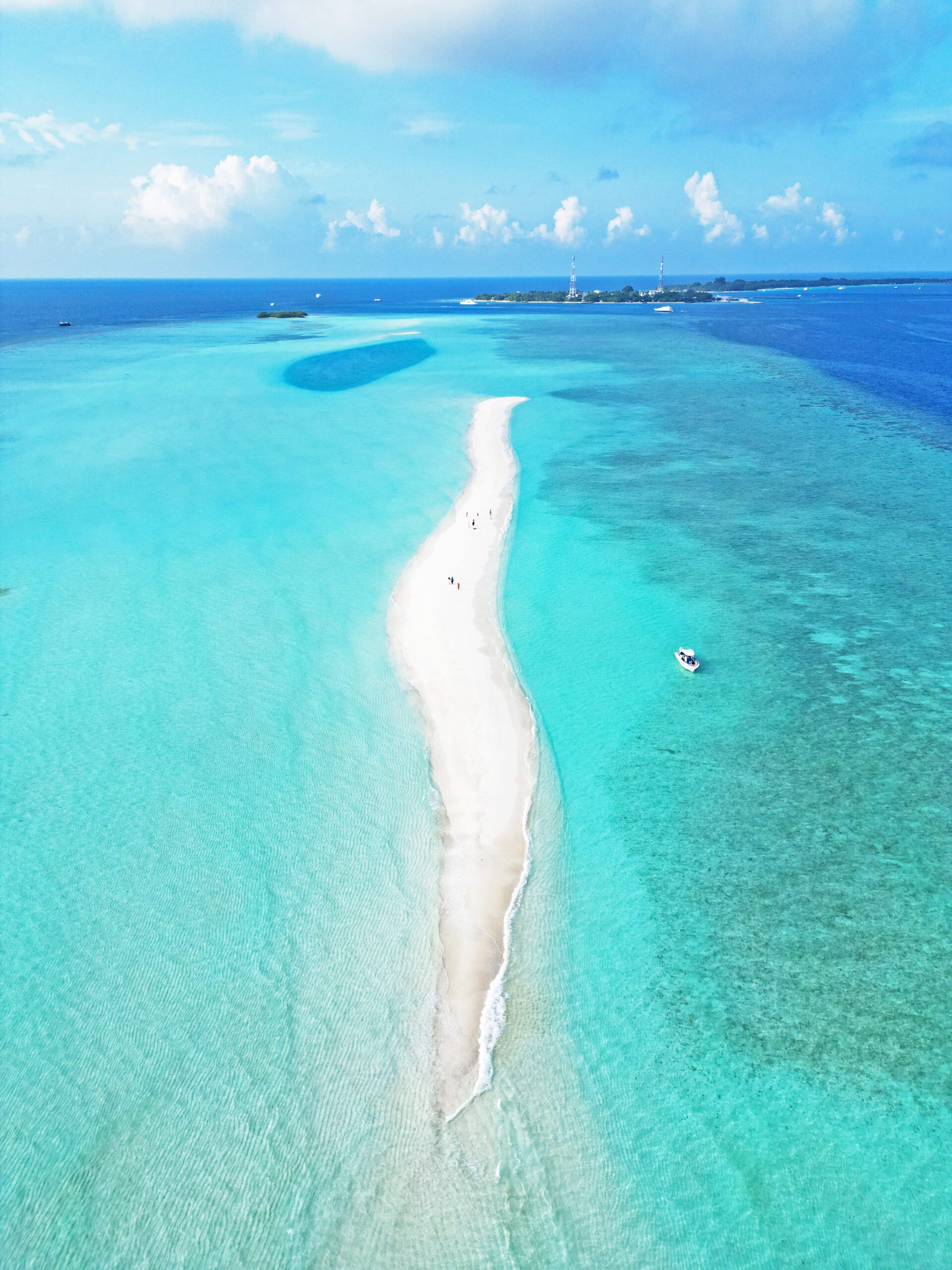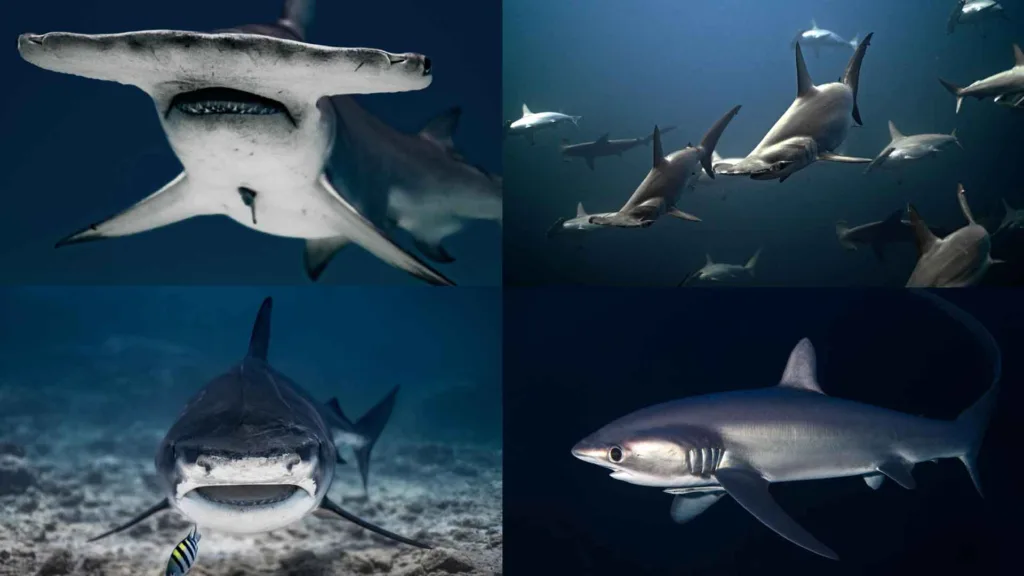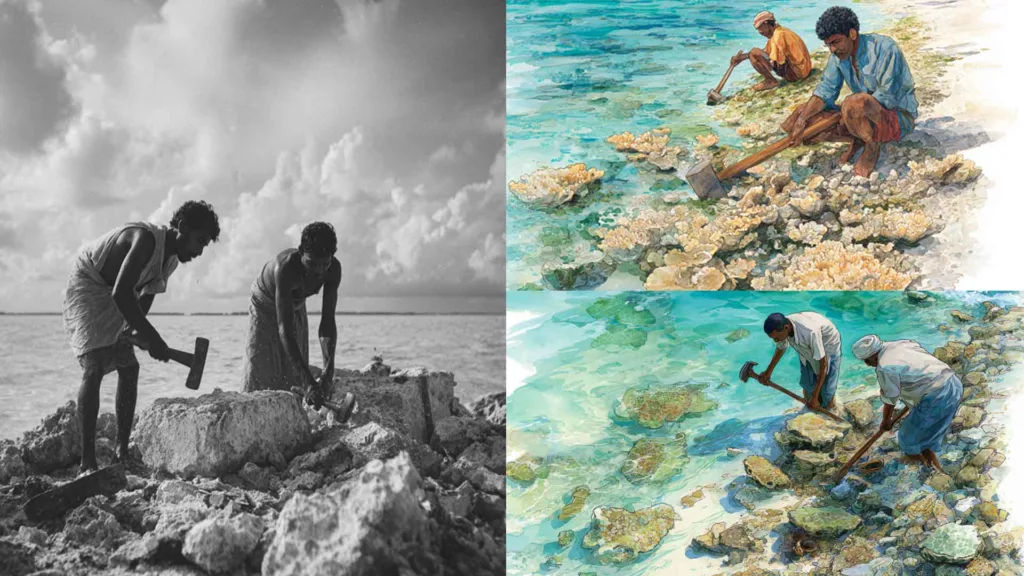Rasdhoo sandbank, Maldives, Photo credit: jumanjiphotos
We normally use the terminology and descriptions of sandbanks in the context of their morphology and hydrodynamics. More often than not, people overlook its geological origin and features. Swift et al. (1991) talked about two ways to look at things: the dispersal systems approach looks at the ridge’s location in the context of a sand transport system; and the hydrodynamic approach looks at the short-term processes happening in the area.
Sandbanks are located at varying water depths—mouths of estuaries, adjacent to headlands and beaches, on the exposed shelf, and close to the continental shelf edge. According to scientists, the rising sea level may be essential for sandbank formation. There are two reasons for this: the banks are formed because of the way water and sediment move through the area, and the geological feature is a remnant of a formation that was there before the sea level rose after the last ice age.
Scientists assert that these two factors contribute to the formation of sandbanks, even though they have undergone original forms and modifications. However, scientists speculate that these formations may have undergone active modification. The present-day changes in hydrodynamics may have resulted in the modification of the elongated form of sand ridges (Dyer, Huntley, 1999).
Sandbanks are also part of the ecosystem that is vital for a diverse range of species. Several macrofauna species inhabit sandbanks. Deeper underwater sandbanks are vital for numerous species, including fish, as they feed on macrozoobenthos—invertebrates that live on sediments. Marine plants and seabirds are also part of this ecosystem. It is a breeding ground or nursery for small marine organisms.”Gravel and sandbanks are not just underwater barren landscapes.
They are bustling ecosystems housing a myriad of infauna life, which are animals that live buried in the seabed. “Sandy bottoms are important for a lot of different fish species, like flatfish and sandeels, because they provide a good place for young fish to grow and develop (Lind, 2024),” said Mikael van Deurs, an associate professor at the National Institute of Aquatic Resources of Denmark (DTU Aqua).
Sandbanks are elevated topographical features. This is one of the unique characteristics of the Maldivian archipelago. The archipelago rises above the sea floor. It consists of sand and gravel. These formations are elongated, rounded, or irregular. Deeper water surrounds them and submerges them permanently. Mainly sandy sediments, but larger grain sizes, including boulders and cobbles, or smaller grain sizes, including mud, may also be present on a sandbank. Seawater typically covers sandbanks slightly at all times.
Sandbanks can be found in coastal and shelf seas. These small land masses typically form in areas where currents are strong enough to move sediment. The location depends on tidal factors as well. Sandbanks occur in areas where tidal currents are circular or spherical in form. Linear sandbanks are found in areas where the current travels in straight lines, also referred to as rectilinear currents. Amos and King (1948) had defined ridges as having a length/width ratio exceeding 40. We refer to these as banks.
Large quantities of sand accumulate in these places. Water pressure sustains it, a process known as hydraulic maintenance. Normally, medium or coarse sand can form banks. But if the tidal currents are adequately strong, gravel and gravel banks that are similar to banks can be formed. In areas where sandbanks are located, there are strong currents that move sand. Therefore, a circulation of sediment around the body is necessary to prevent the sand from dispersing widely.
Embedding of Instagram page permission granted by jumanjiphotos





